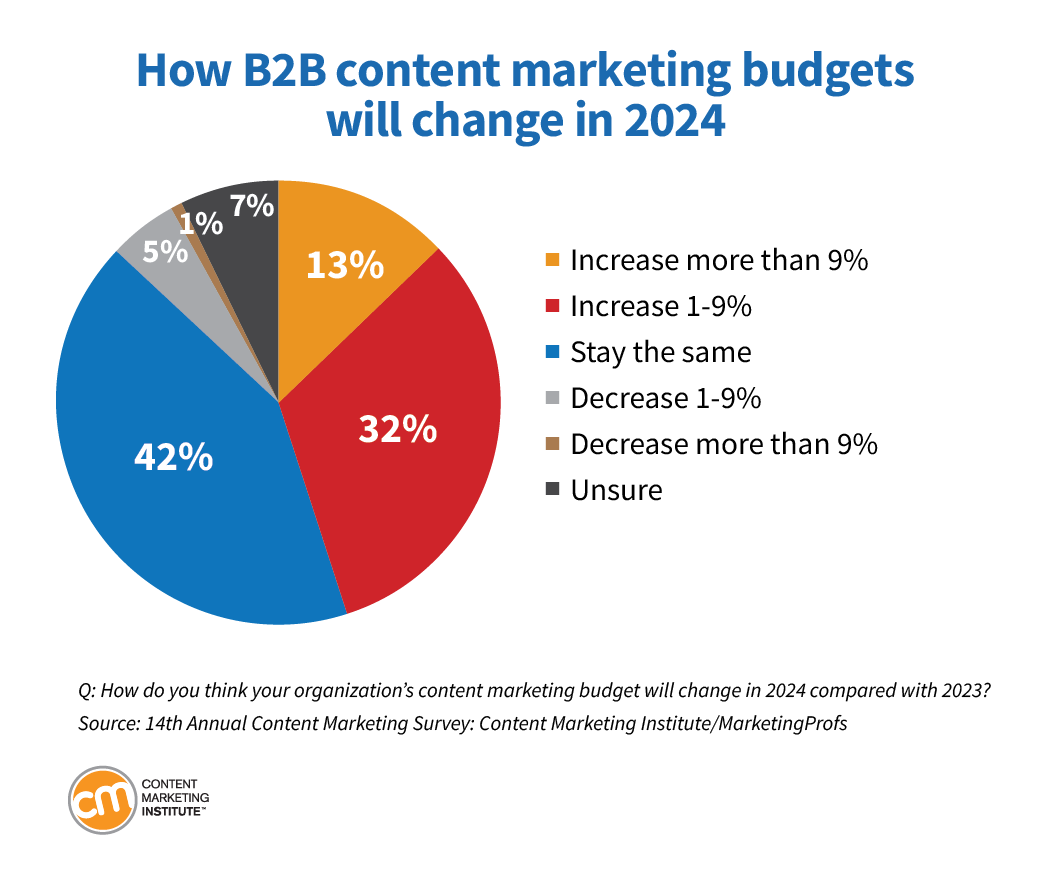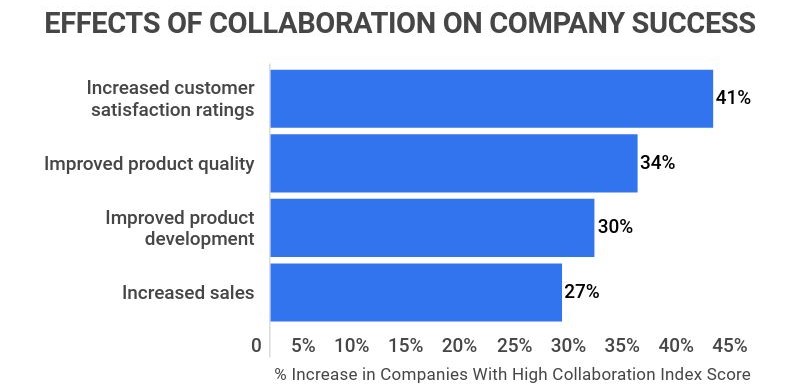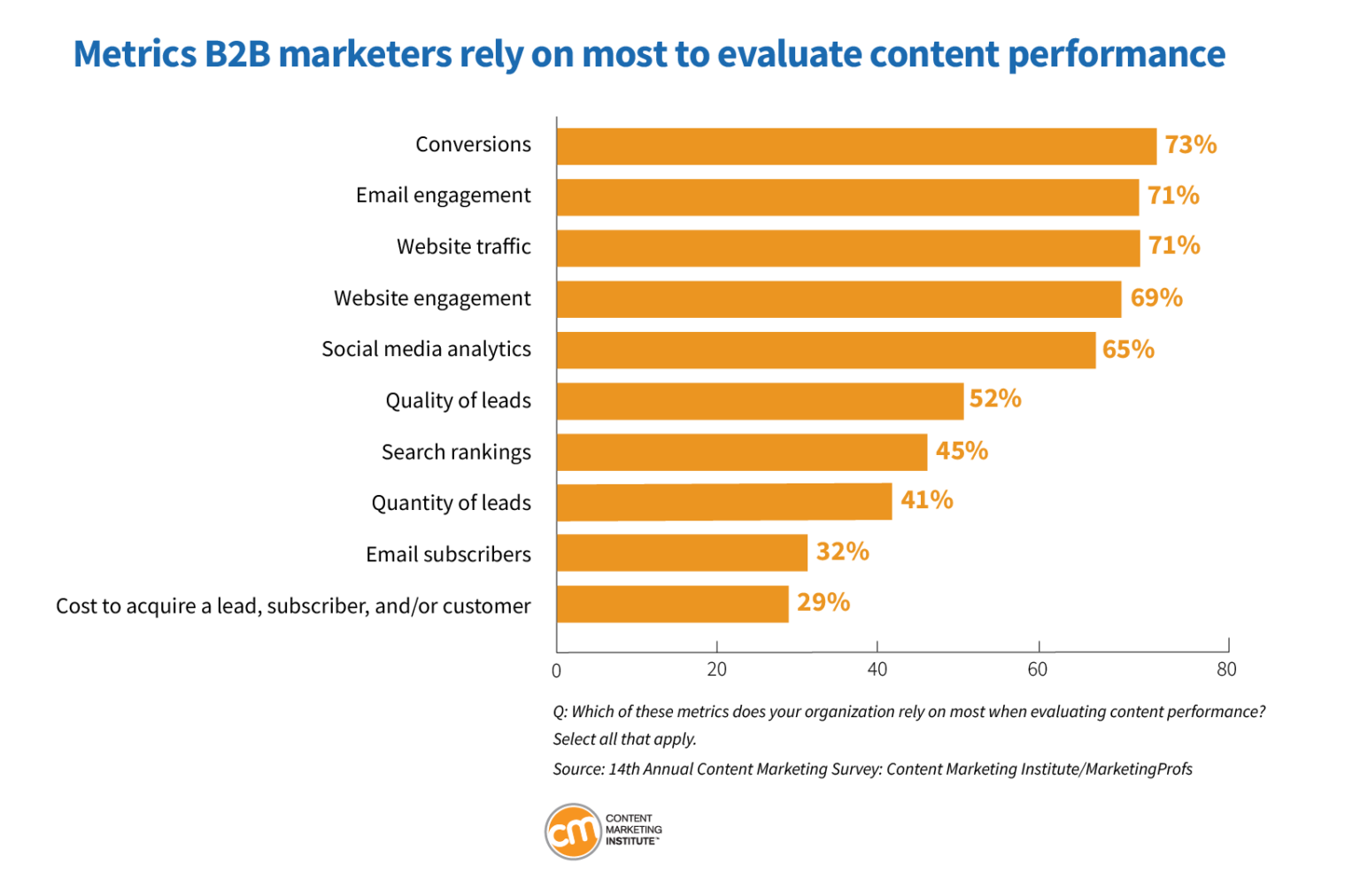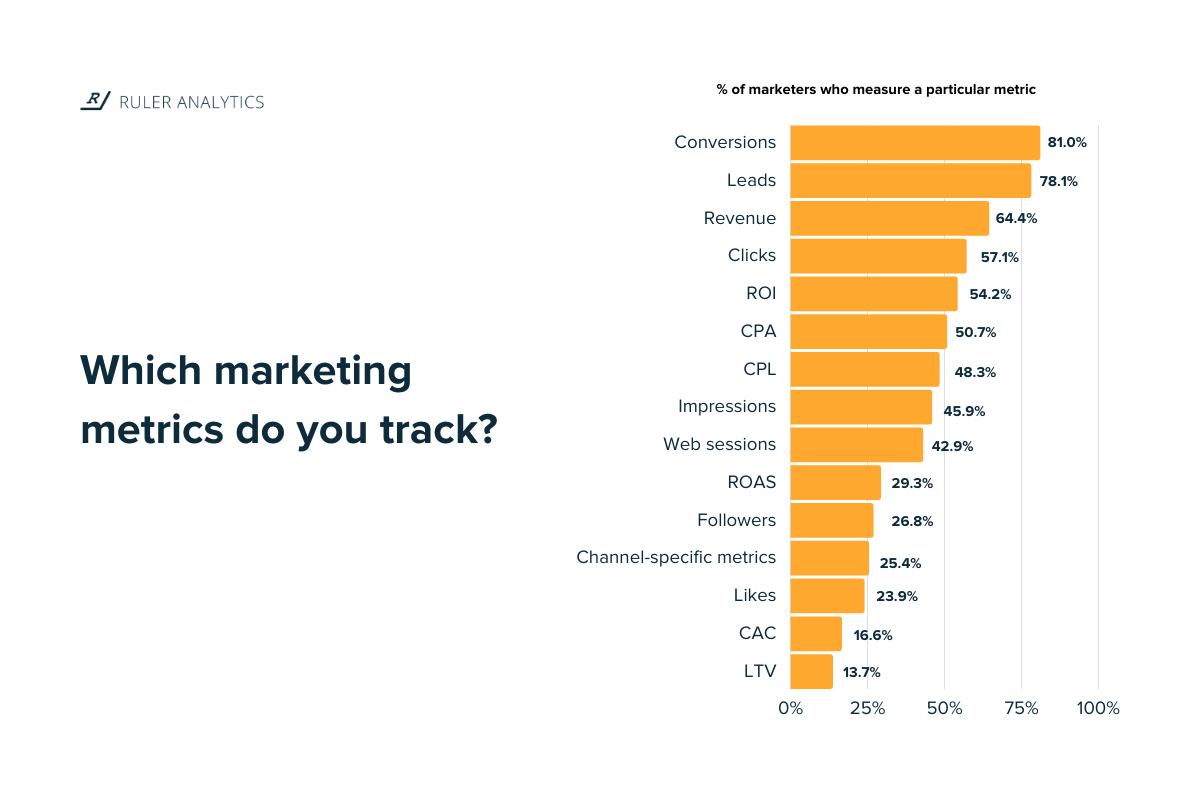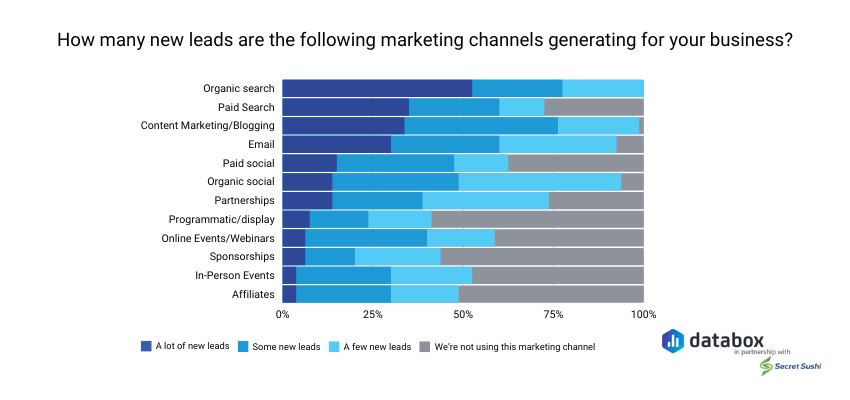Boosting B2B Conversion Rates: Turning Website Traffic into Leads
Increasing website traffic is only part of the marketing strategy equation for B2B companies, especially in industries like SaaS and lead generation. The real challenge lies in converting those website visitors into qualified leads.
With a well-optimized conversion strategy, your website can become a powerful tool for business growth, delivering a steady stream of valuable leads and opening up new expansion opportunities.
This guide covers critical strategies to boost B2B conversions by improving user experience, utilizing advanced analytics like Google Analytics 4 (GA4), and refining conversion rate optimization (CRO) tactics. These are practical tips that, when followed, will empower you to convert more site visitors and increase your website conversion rate, leading to higher returns on your marketing efforts.
Why B2B Websites Struggle to Convert Traffic
B2B websites often face the same challenges when trying to improve conversion rates. Unlike e-commerce, where users can quickly make purchases, B2B websites often need to nurture leads through long, complex sales cycles.
Here are some of the key reasons why B2B websites struggle to convert website traffic into leads:
Lack of Targeted Content. B2B buyers often need detailed, tailored information before converting. Websites that don’t offer personalized or highly relevant content can miss opportunities for engagement.
Poor User Experience. Slow load times, confusing navigation, generic forms, or too much information at once can drive away potential leads. Improving user experience and reducing friction in the lead generation process can significantly increase solid conversion rates.
Unclear Value Propositions. Many B2B websites fail to communicate the unique value their products or services offer. Without a compelling and clear value proposition, website visitors are less likely to engage further or trust the company enough to convert.
Addressing these pain points can set the foundation for improving CRO. In the following sections, we’ll dive into practical strategies to turn traffic into leads and increase your website’s average conversion rate.
Strategies for Boosting B2B CRO
Once you’ve addressed the foundational issues preventing conversions, it’s time to implement actionable strategies to build conversion rates. Below are the most effective methods for B2B websites to turn traffic into leads:
Optimize Landing Pages for Lead Generation
Your landing pages are often the first point of contact for potential leads. Optimize these pages by focusing on clear and concise messaging, fast load times, and compelling CTA buttons to ensure a good CRO. Avoid overwhelming visitors with too much information. Instead, guide them toward the next step with a well-placed call to action.
Adding social proof, such as case studies, success stories, or client testimonials, can build trust and credibility. A well-designed landing page improves user experience and directly impacts lead conversion rates.
Personalization Using Data-Driven Insights
Personalization is critical in improving conversion rate optimization. By leveraging data collected through tools like Google Analytics and marketing automation platforms, you can tailor your website content to different target audiences. Whether through personalized product recommendations, industry-specific content, or dynamic landing pages, this approach makes your website more relevant to the visitor, boosting your chance of conversion.
Leverage Content to Nurture Leads
In B2B sales, visitors often require more information before they’re ready to engage with your business. High-value educational content such as white papers, case studies, or blog posts can build trust and encourage engagement.
Focus your content marketing efforts on addressing pain points and offering solutions, naturally nurturing leads through the sales funnel. A well-rounded content strategy helps you convert traffic into leads by positioning your business as an expert.
Use Clear and Compelling CTAs
Having a well-designed CTA button is essential for driving conversions. The best-performing CTAs are action-oriented and direct visitors to a clear next step. Whether you’re prompting users to request a demo or sign up for a newsletter, ensure that your CTAs are visible, easy to interact with, and relevant to the page’s content.
Utilizing Advanced Tools and Analytics for Conversion Optimization
Advanced tools, such as GA4, can provide invaluable insights into visitor behavior, allowing you to optimize conversions and fine-tune your marketing strategies.
One of the key features of Google Analytics 4 is its ability to offer predictive insights through machine learning. These insights allow marketers to anticipate user actions based on past behavior, such as identifying users who are most likely to convert. Using these insights, you can target higher-probability leads, thus improving your conversion rate optimization efforts.
Additionally, GA4’s new event-based tracking system gives you more granular control over monitoring user interactions, which is crucial for understanding which parts of your website drive the best results. With GA4, you can continuously refine your approach to increase conversion rates.
Testing for Continuous Improvement
A/B testing is one of the most effective methods for CRO. It allows you to compare two versions of a webpage, landing page, or CTA to see which performs better. Testing variations in page layouts, headlines, or button designs can yield insights into what resonates with your audience. For example, A/B testing your CTAs can optimize their effectiveness.
Conducting regular A/B tests ensures that your website evolves with your audience’s preferences, leading to continuous improvement in conversion rates. Remember, even minor tweaks, such as changing the color of a CTA or rearranging content sections, can significantly impact your average conversion rate.
Leverage GA4’s New Features
Transitioning from Universal Analytics (UA) to Google Analytics 4 (GA4) is critical for businesses looking to maintain data accuracy and boost conversions.
Don’t wait until the last minute to make the switch. Running parallel tracking in both UA and GA4 allows you to gather data in GA4 while still maintaining your existing UA reports. This parallel tracking period will help you identify any discrepancies or issues in data collection before fully transitioning.
GA4 offers a range of new features that can significantly improve your ability to optimize conversions. For instance, GA4’s enhanced machine learning capabilities allow for predictive insights, which can help identify high-value audiences and opportunities for optimization. Train your team on using these new features to make the most of the platform.
Final Thoughts on Turning Website Traffic Into B2B Leads
Boosting B2B conversion rates requires a multifaceted approach. Each step is crucial in turning website visitors into leads, from optimizing landing pages and CTA to personalizing content and utilizing advanced tools like GA4.
By implementing these strategies and focusing on continuous improvement, B2B marketers can significantly increase their conversion rate and achieve better results from their digital marketing efforts.
To maximize your website’s potential and ensure a smooth transition to GA4, FunnelEnvy offers a free guide with optimization strategies that have helped top tech companies increase revenue by up to 250%. In our free guide, you will learn:
- The #1 most important factor to increase website conversions
- Why top marketers only focus on key pages to improve performance
- Examples of exactly how top tech companies boost website revenue
- And much more!
Click here for instant access to your free Website Optimization Quick Wins guide!


